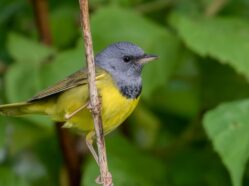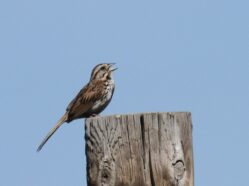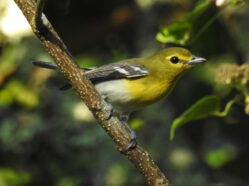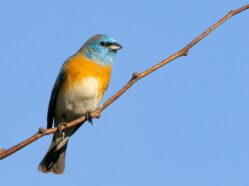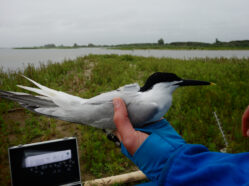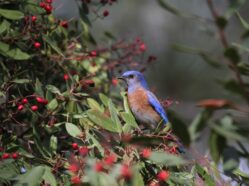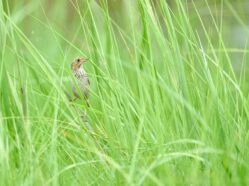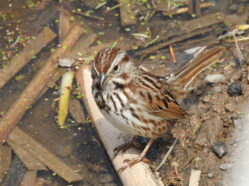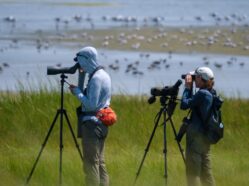Cultural evolution in song of Geothlypis philadelphia (Mourning Warbler)
By Jay Pitocchelli, Biology Department, Saint Anselm College Related paper: Temporal stability in songs across the breeding range of Geothlypis philadelphia (Mourning Warbler) may be due to learning fidelity and transmission biases by Jay Pitocchelli, Adam Albina, Alex R. Bentley, David Guerra, and Mason Youngblood, Ornithology. We used a long-term database of songs recorded over …
